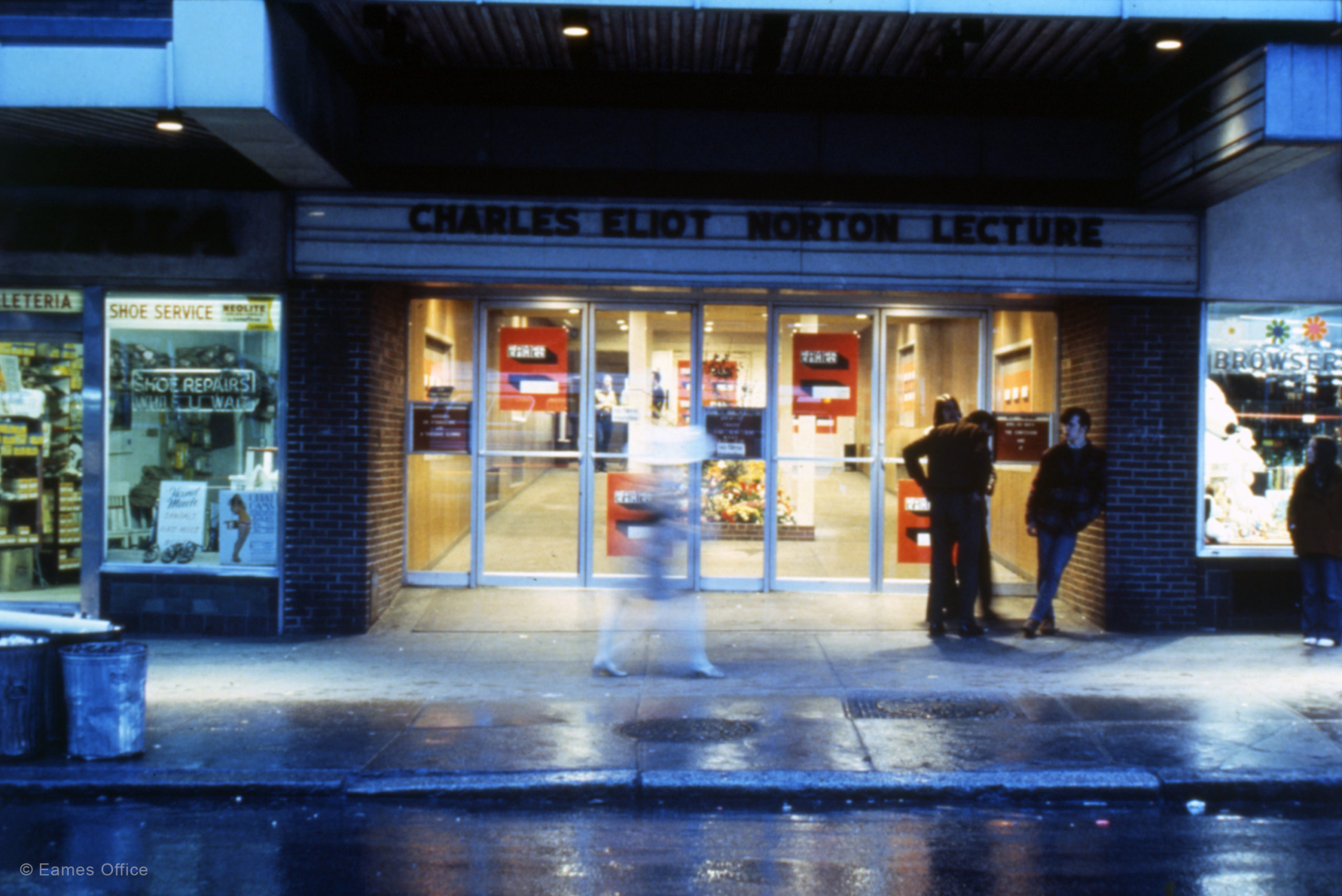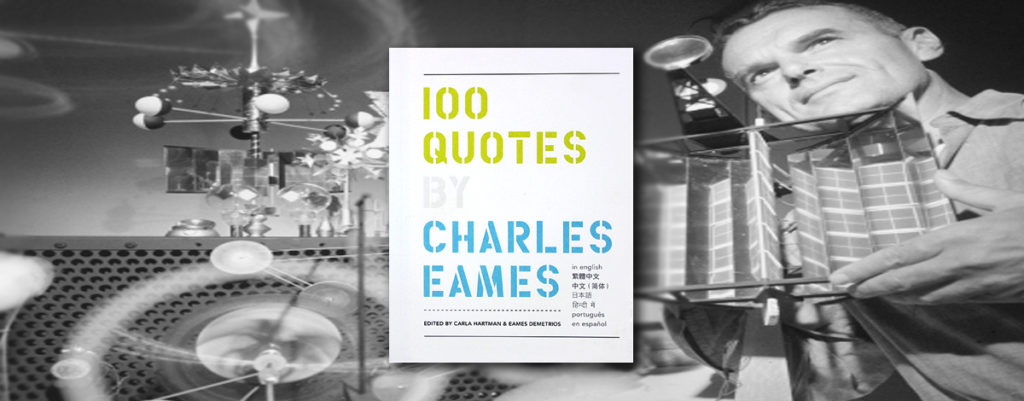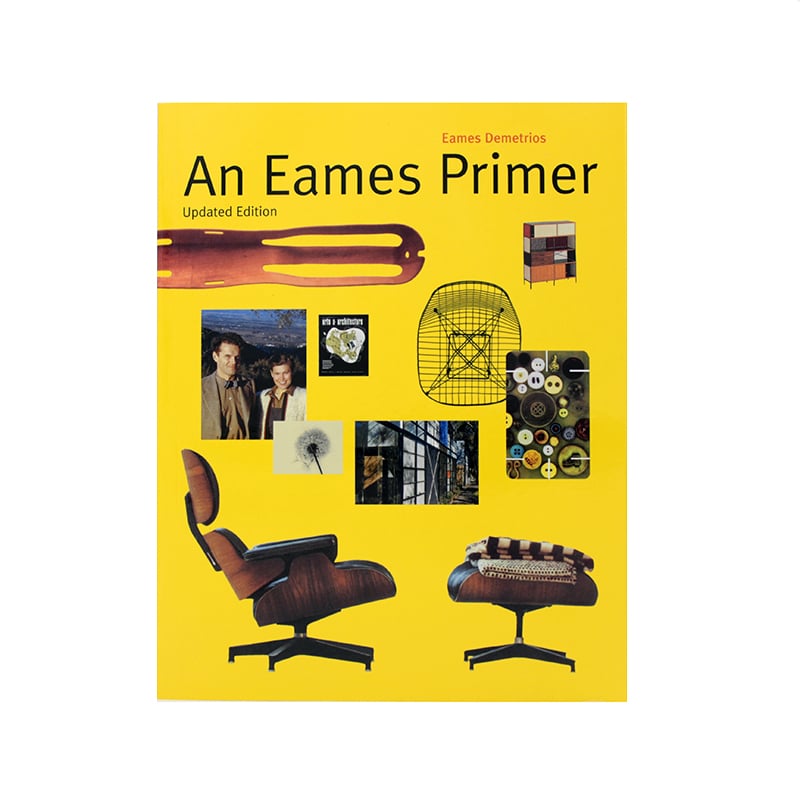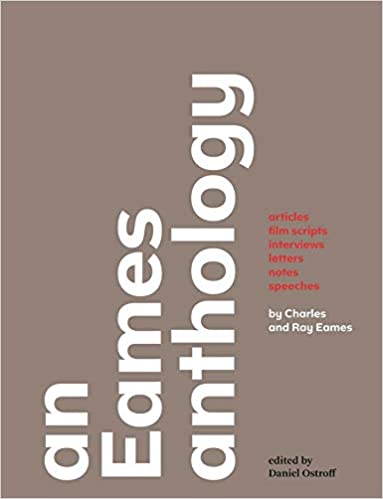Additional Information
In Lecture #4, delivered on March 15, 1971, Charles began by talking about the “pleasures of recognizing inherent form in the solution of problems” and “the importance of learning from primary experiences.” The value of structuring information in visual presentations that draw on all the resources in centers of learning (the central message of Lecture #3) was stressed again and related to the university approach to teaching and learning and to getting rid of the “discontinuities.”
Along with the films House of Science, The Lick Observatory, and Polyorchis Haplus, two specially assembled slide shows, Goods and Baptistery, were shown. Goods continued slides of images of old-fashioned “goods”—kegs of nails, bolts of cloth, cords of wood, coils of rope—shown while Charles talked about the pleasures of recognizing form and the need to learn to drawn upon “primary experiences.” That led to a discussion of what Charles called the “new covetables,” or “concepts and processes which if shared will not diminish in value, will not lead to satiation, and which have to be “wanted” enough to pay the price—the hard work and discipline necessary to arrive at the perception and understanding of the process inherent in the form of the problem.”
Baptistery contained photographs taken by Charles of the Baptistery in Florence, Italy. It was used to illustrate the point that one can “covet without possession,” and that “using a camera is one way of eating your cake and having it, too.”
Explore Similar Works
Related Products
Browse a curated selection of Eames Office products we think you’ll love



